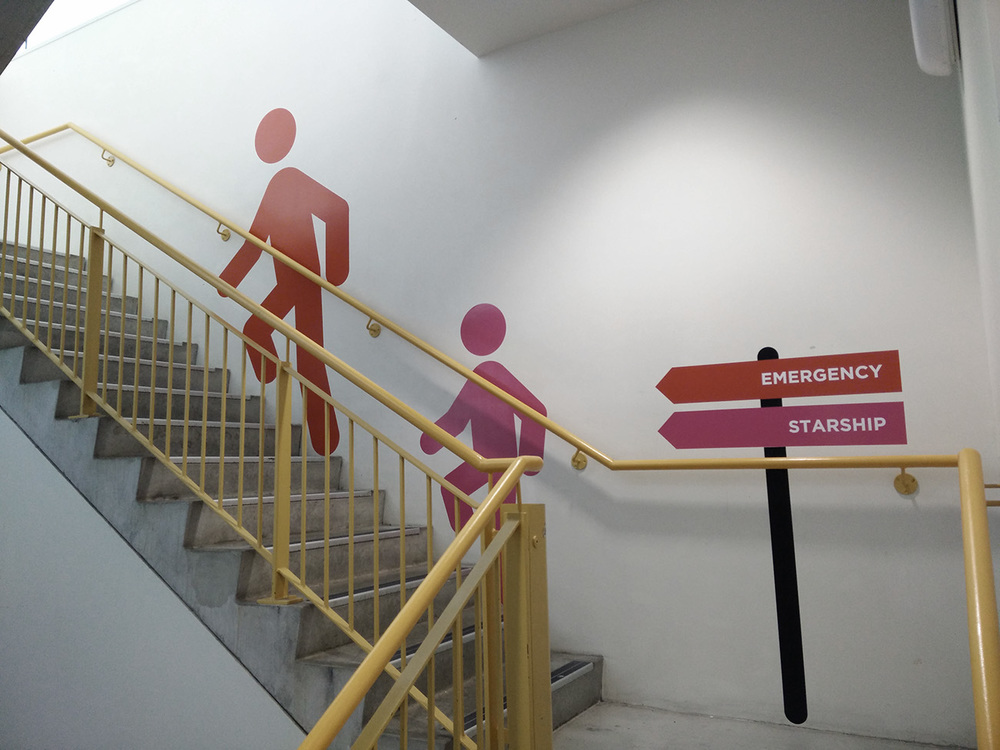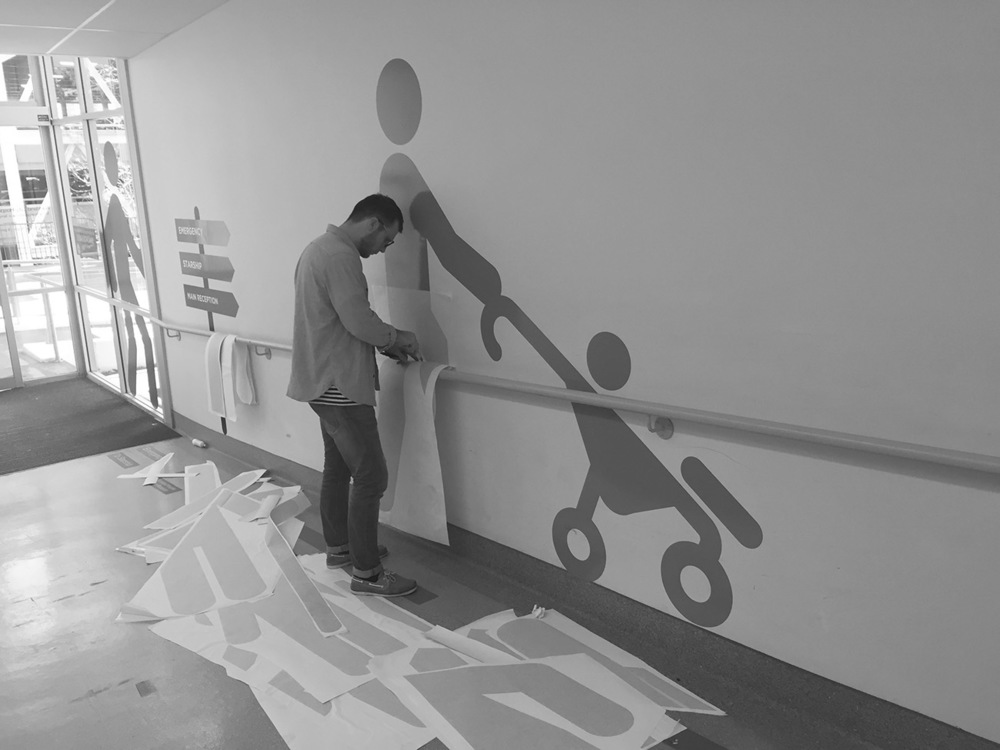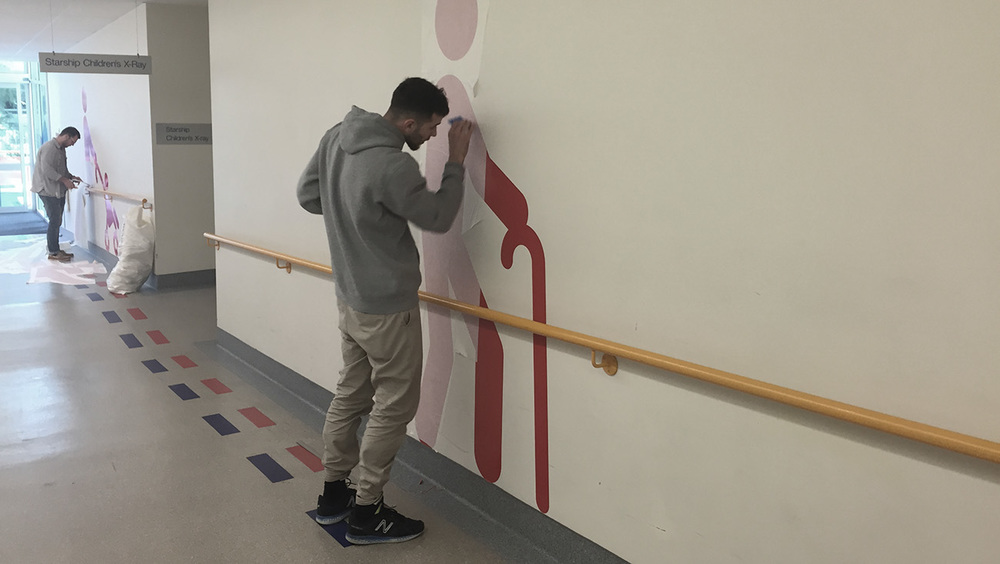Diathermy refers to the production of heat in body tissues by electric currents, for therapeutic purposes. In Auckland City Hospital bipolar diathermy machines presented unclear information as to the correct port for each diathermy lead, creating confusion and potential safety concerns for both staff and patients. Subsequently there was a need to procure and commence use of a safer fixed end bipolar lead and explore preventative measures to reduce confusion and improve safety.
A graphic study was conducted with the aim to produce a small run of short-term preventative warning labels to be implemented on the machines causing safety issues.














